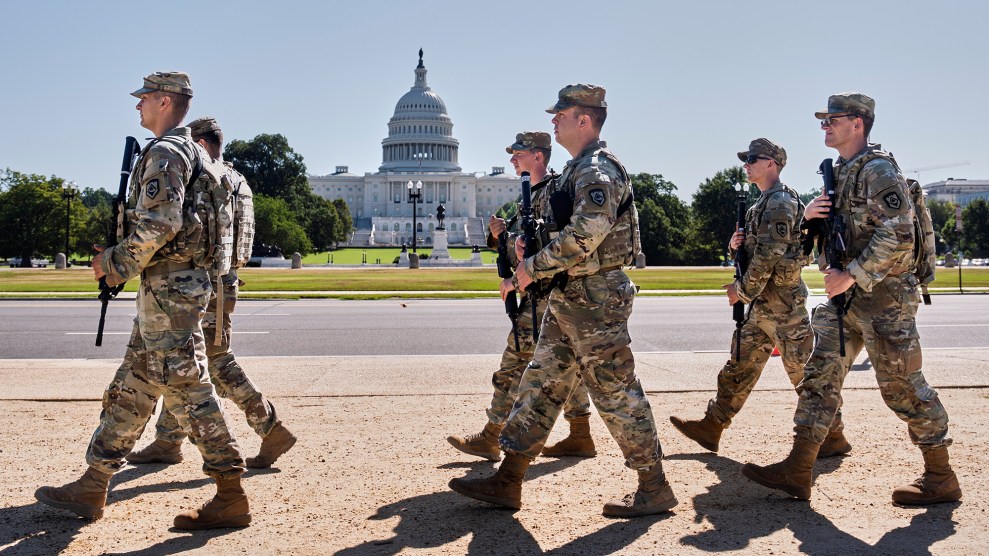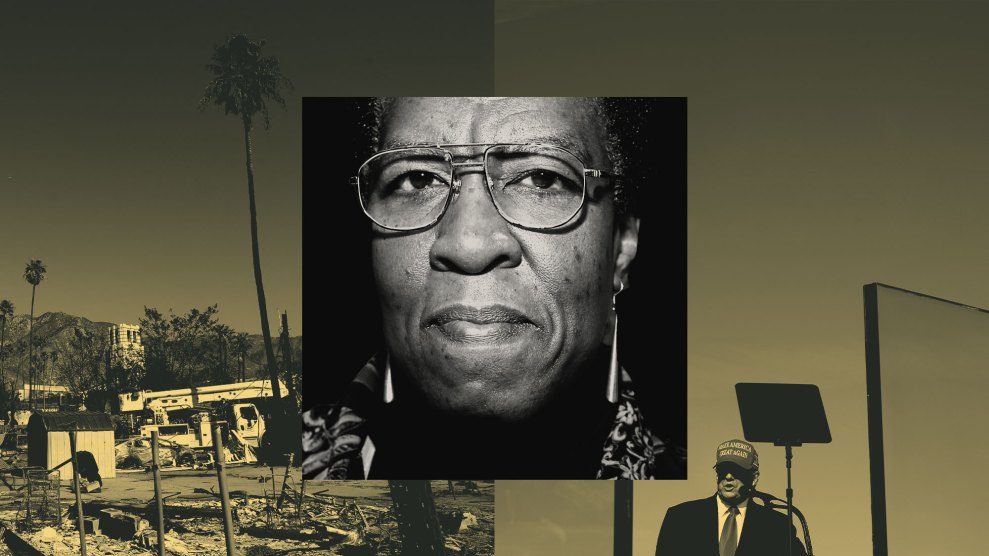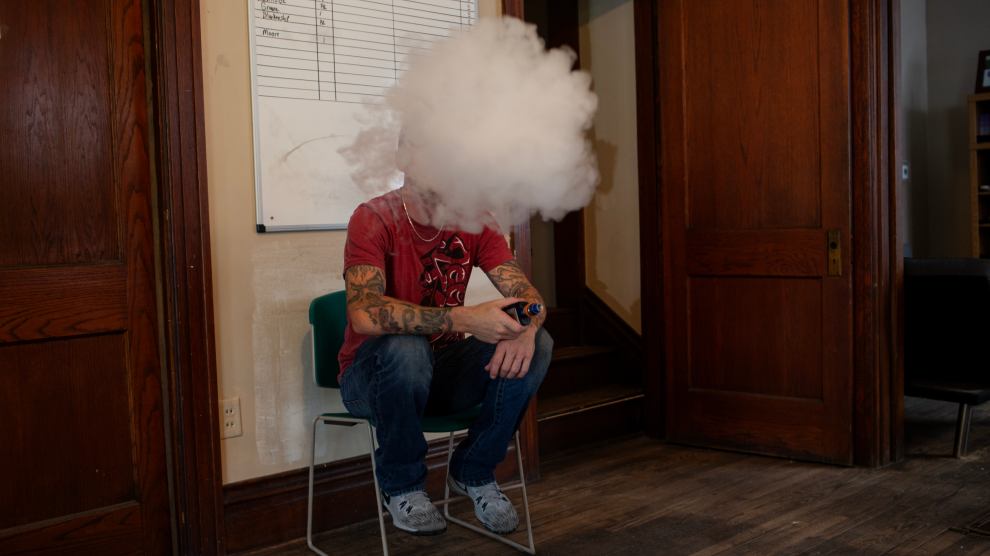40 Acres and a Lie tells the history of an often-misunderstood government program that gave formerly enslaved people land titles after the Civil War. A year and a half later, almost all the land had been taken back. Read more here and listen to a three-part audio investigation here.
Karen Dove Barr parked her cart next to a “Golfers Only” sign. Up ahead, men in khaki shorts and polo shirts leaned on golf clubs around the 12th hole. Houses with large wooden decks dotted one side of the fairway. On the other side, miles of shallow salt marshes extended to the horizon.
As Dove Barr walked along a footpath, her tennis shoes crunched ancient oyster shells—an echo of a past when Indigenous and later enslaved people once lived and fished here. “That’s where Mr. Waring would launch his boat,” she said, pointing to a shaded patch of Georgia shoreline.
William Waring was a wealthy Savannah physician whose family once owned this land and enslaved dozens of people on it. The Waring estate—about 1,300 acres and roughly the size of 980 football fields—was one of several massive plantations on Skidaway Island, back then a short boat ride from Savannah.
Today, that land is home to a lavish gated community called The Landings, where nearly everyone gets around on a golf cart. “I hate to say it, but this is paradise,” said Dove Barr, peering through aviator glasses at the glittering tidewater marsh.
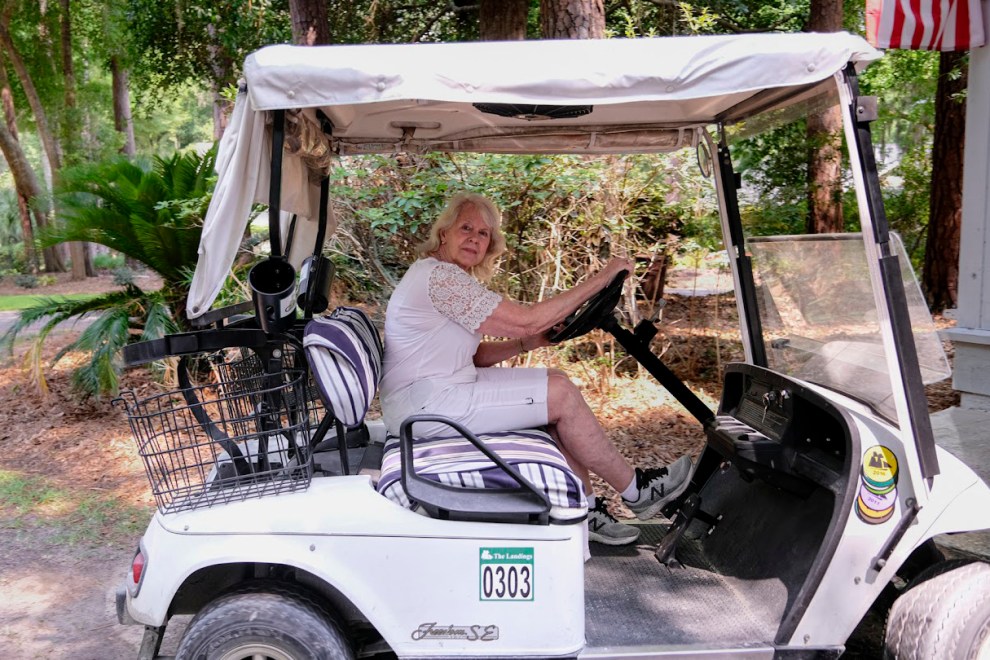
The 77-year-old attorney and author, who is white, knows her idyllic community hides a cruel history. The Landings was built on several plantations that were set aside for newly emancipated Black families as part of the land distribution program that would come to be known as 40 Acres and a Mule. By analyzing Freedmen’s Bureau documents and historic maps, we surfaced the identities of at least 59 Black men and women who received land titles permitting them to live on and cultivate plots on or near the land where this exclusive community now sits—only to have their land taken away as Reconstruction faltered. Among those freedmen was Philip Young, who was enslaved nearby on Ossabaw Island and received 40 acres on Waring’s estate. John Maxwell, who joined the Union Army, received 40 acres on the homestead of William Symons, who served in the Confederate Army, and whose property is now also part of The Landings.
By the summer of 1865, shortly after the Civil War ended, Skidaway Island was already home to a thriving Black colony. Freedmen built homes, established local governments, and farmed the land. But their utopia wouldn’t last long. After President Abraham Lincoln was assassinated, his successor, Andrew Johnson, stripped property from formerly enslaved Black residents across the South and returned it to the past enslavers.
The betrayal of the 40 Acres and a Mule promise deprived thousands of Black Americans of their first chance to build wealth through landownership. It also shut out many of their descendants from the affluent communities later developed on land that was briefly theirs.
“Had they been allowed to keep that [land], they would have joined the competition of American capitalism like everybody else,” said Allison Dorsey, a historian and professor emerita at Swarthmore College. “And instead, they were stripped of that opportunity, and those who didn’t acquire land found themselves living in debt-managed and exploited labor conditions for decades.”
Nowhere is the impact of that loss more obvious than Skidaway Island, where only 1 percent of current residents identify as Black. Among them is Linda Brown, a retired Army sergeant who grew up in Savannah and now lives in a three-bedroom house in The Landings, a few streets down from her friend Dove Barr. Until we contacted her, Brown didn’t know that Black men and women were actually given 40 acres on Skidaway Island, much less that her pricey community now sits on some of that land.

“This is breaking news, really,” she said when shown one of the original land titles. As she sat on her couch, processing the document, she asked about the freedmen’s descendants and whether they wanted the land back. “Where do we go from here?”
The Reverend Ulysses L. Houston, then about 41 years old, was among the group of 20 Black ministers who met with Union General William T. Sherman in Savannah and ultimately helped persuade him to provide tracts of formerly Confederate land to emancipated Black families.
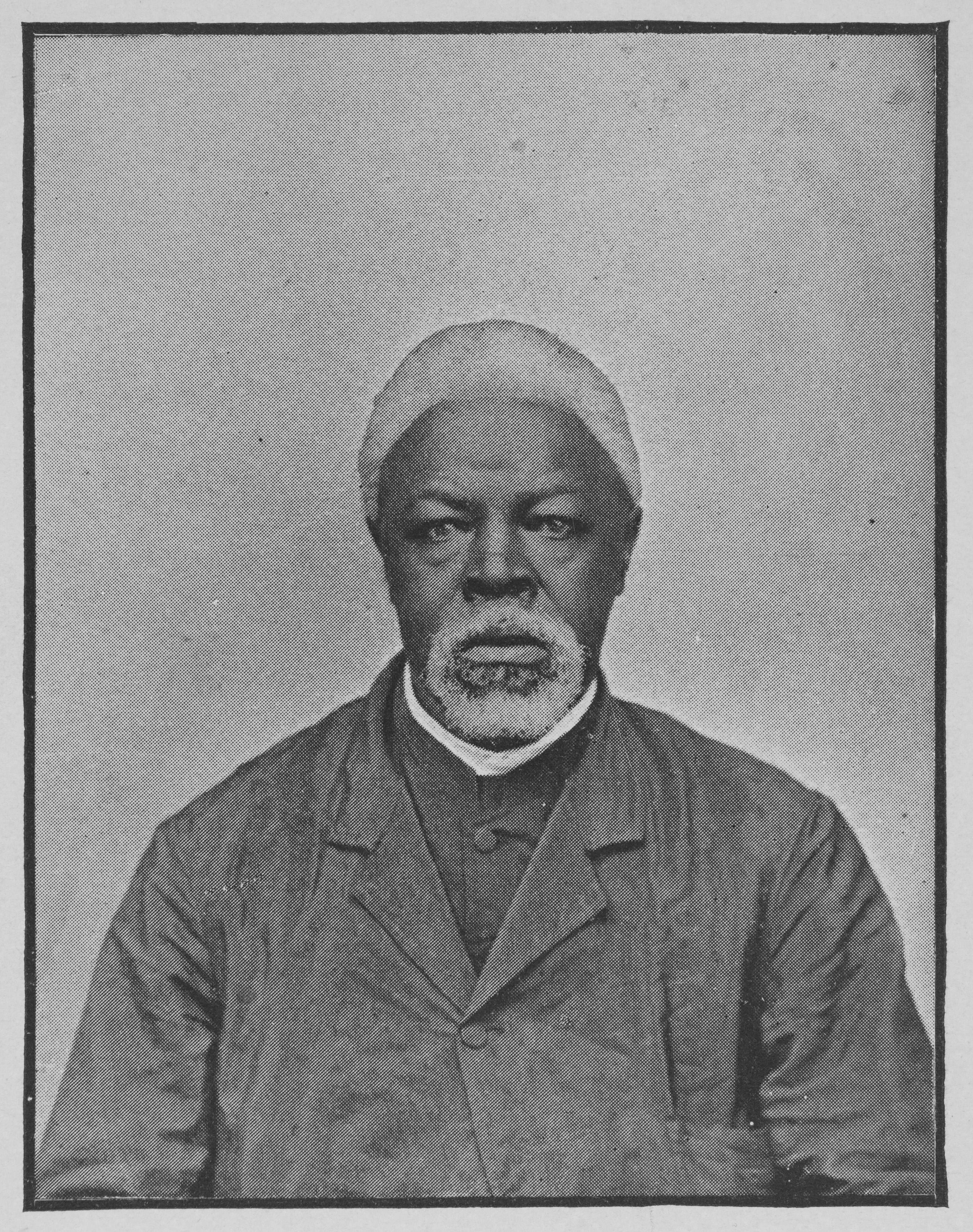
After Sherman’s promise of 40 acres, Houston led about 1,000 freed people to claim their plots on Skidaway Island. It was an orderly affair. Houston and the other freedmen had numbered each lot and distributed the land to families by pulling numbers from a hat. “We shall build our cabins, and organize our town government for the maintenance of order and the settlement of all difficulties,” Houston told a correspondent for the Boston Journal who visited the island in 1865 and later compared the community to Plymouth Colony.
“They go out to commence life as citizens,” the reporter wrote. “I have no doubt of their success provided they are not hindered by arbitrary authority stirred up by old prejudices and hate.”
At least 99 men and women received federally issued documents entitling them to land on the island. Among them was Maxwell, who’d been enslaved in nearby Liberty County and left the plantation where he was born to enlist in the Union Army when he was about 20 years old, joining the 34th US Colored Infantry regiment just 10 days before Sherman issued Special Field Orders, No. 15.
Maxwell got his title to 40 acres that June. By then, development of the Skidaway Island colony was well underway—the freedmen had elected a governor and appointed a sheriff. Families farmed potatoes, snap beans, and cucumbers on their lots.
“Perfect harmony prevails, the settlers abiding cheerfully with the decisions of their governor and council,” wrote a white newspaper reporter with the Savannah Daily Republican, who acknowledged he had initially accepted an invitation to visit the island with “fear and trepidation.”
But by then there were already efforts to undo Houston’s attempt at building an independent Black colony. With Lincoln assassinated, white Southerners who had previously owned plantations—including those on Skidaway—began hiring lawyers and seeking pardons from President Johnson in hopes of reacquiring their land. In 1866, the Waring family received their plantation back, and the following year Symons did too, invalidating land titles held by at least 33 freedmen, including Maxwell.
Maxwell moved to Savannah, where he met and married a freedwoman named Linda Lewis. He got a job as a dockworker, and Linda washed laundry. They had seven children, three who survived into adulthood.
But when Maxwell’s health took a turn, Bureau of Pensions records show, his application for disability payments from the military was denied. He died of pneumonia in 1893, when he was about 48 years old.
Linda scraped by with an $8 monthly widow’s pension from the army, plus $4 per month she earned washing clothes. She lived with her two daughters and a son-in-law in a “shabby” house that she bought for $300. Within a few years, Linda was struggling to make a living, she told a pension examiner, and still owed “a good deal” on her mortgage.
“I am unable to wash as I used to,” said Linda, who was about 59 years old at the time. In his report, recorded with the Bureau of Pensions, the examiner described Linda as “thin and feeble.” She died six years later. It’s unclear if she was able to pay off her mortgage.
After white Southerners got their plantations back, many began selling them to Northern investors, including on Skidaway. The island remained mostly undeveloped for decades as investors sold and resold the land. The Warings sold their plantation to a prominent Savannah family, and nearly 20 years later, it was foreclosed on by a local bank.
In 1941, a Pennsylvania paper company became the largest landowner on Skidaway Island, paying $116 per acre in today’s dollars for land on the old Waring estate. For the next 12 years, Union Bag and Paper Corporation logged pinewood on the island for its massive paper mill in Savannah. The company would later partner with the city to cover the cost of building a bridge and a causeway connecting Skidaway to the mainland.
In 1969, the paper company acquired a Chicago-based developer to build The Landings. After the bridge and causeway were completed in 1972, the value of an acre on Skidaway skyrocketed. The Landings officially broke ground by 1973, and nearly 500 families would buy lots there by the end of the decade.
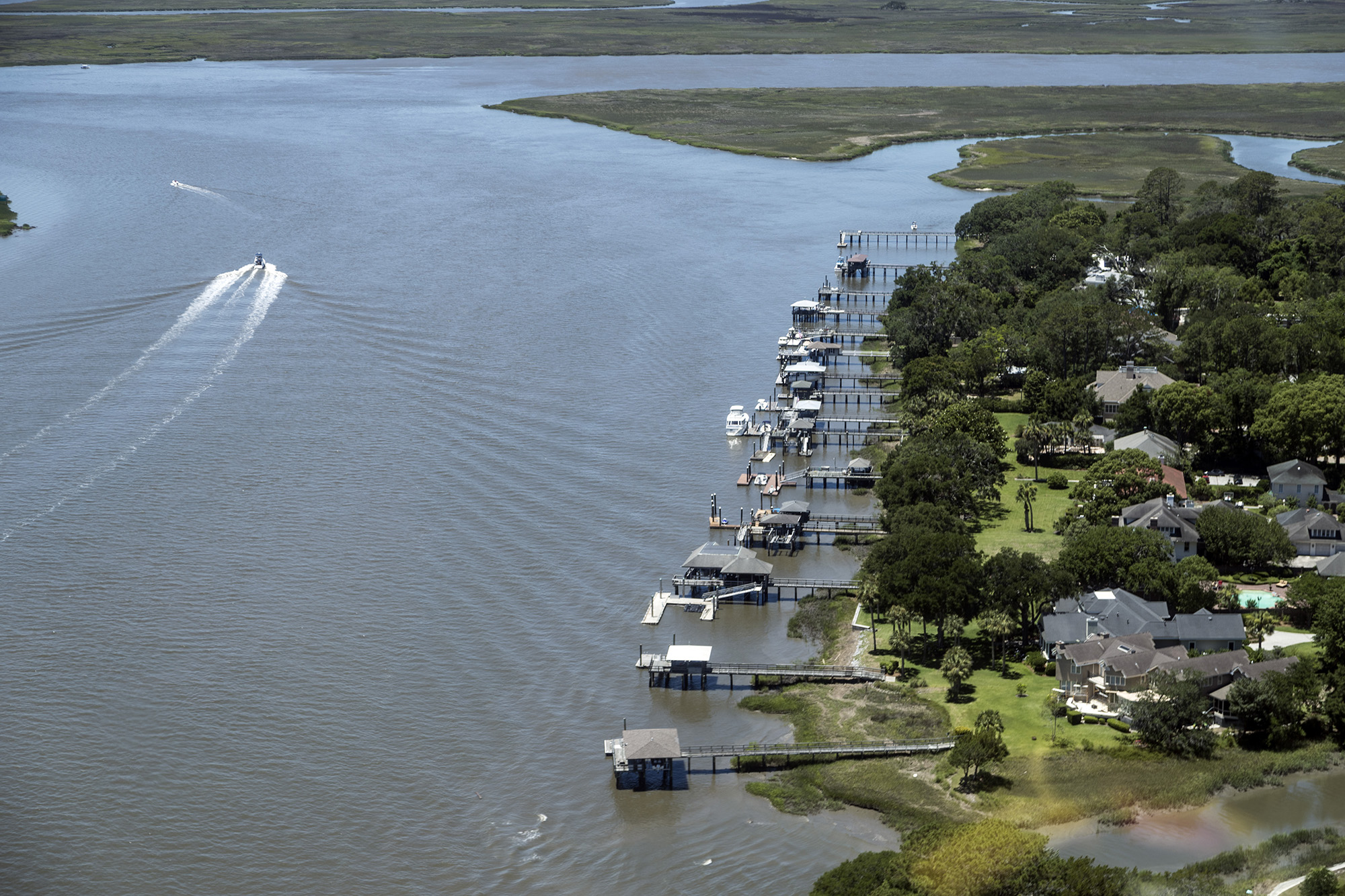
The Landings has since expanded into seven distinct neighborhoods and takes up half the island. In 2022, the average home sale price there was $849,000.
Dove Barr and her husband bought a lot in 1984 and built a five-bedroom home with a two-car garage and a separate garage for her golf cart. She believes the freedmen who had this land taken away could have made a claim for compensation, but she’s skeptical that any of their living descendants could assert that any current hardships that those families face can be traced back to Sherman’s broken promise.
“I feel like it was not taken away from the people who are alive now,” she said after viewing one of the land titles for the first time. “Any people who were involved in the hardships have long since gone.”
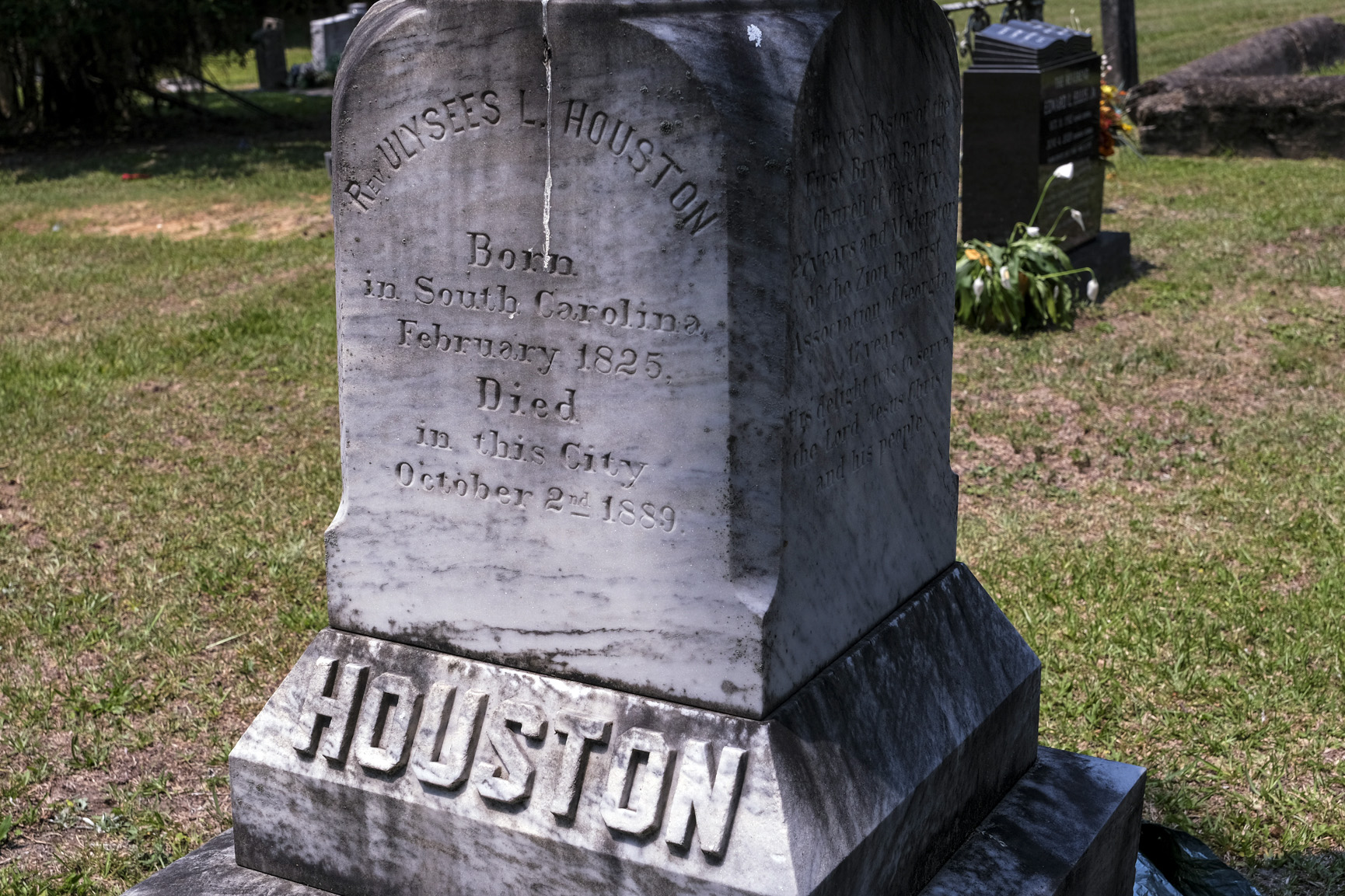
Today, there are few visible signs of the once-thriving Black colony on Skidaway Island. That history would be buried with many freedmen in the Black section of Savannah’s Laurel Grove cemetery. Maxwell and his wife, Linda, are buried here. So is Prince Brown, who briefly had 40 acres on Skidaway Island. And Paul Mann, who got 40 acres on Wilmington Island. He died a year after nearly all their land titles became worthless. Their graves are all unmarked.
Houston was buried here too, after living long enough to see the federal government dismantle the reparations program he helped create. After his death in 1889, Houston’s church erected a stone monument inscribed with a verse from the Gospel of Matthew: “Well done thou good and faithful servant, enter into the joys of thy Lord.”
This project is a collaboration between the Center for Public Integrity, the Center for Investigative Reporting, and the Investigative Reporting Workshop. Read more here.
Top illustration: Chris Burnett; Source images: National Archives (2); Juan Gomez; Leif Christoph Gottwald/Unsplash (2); Social History Archive; Library of Congress







